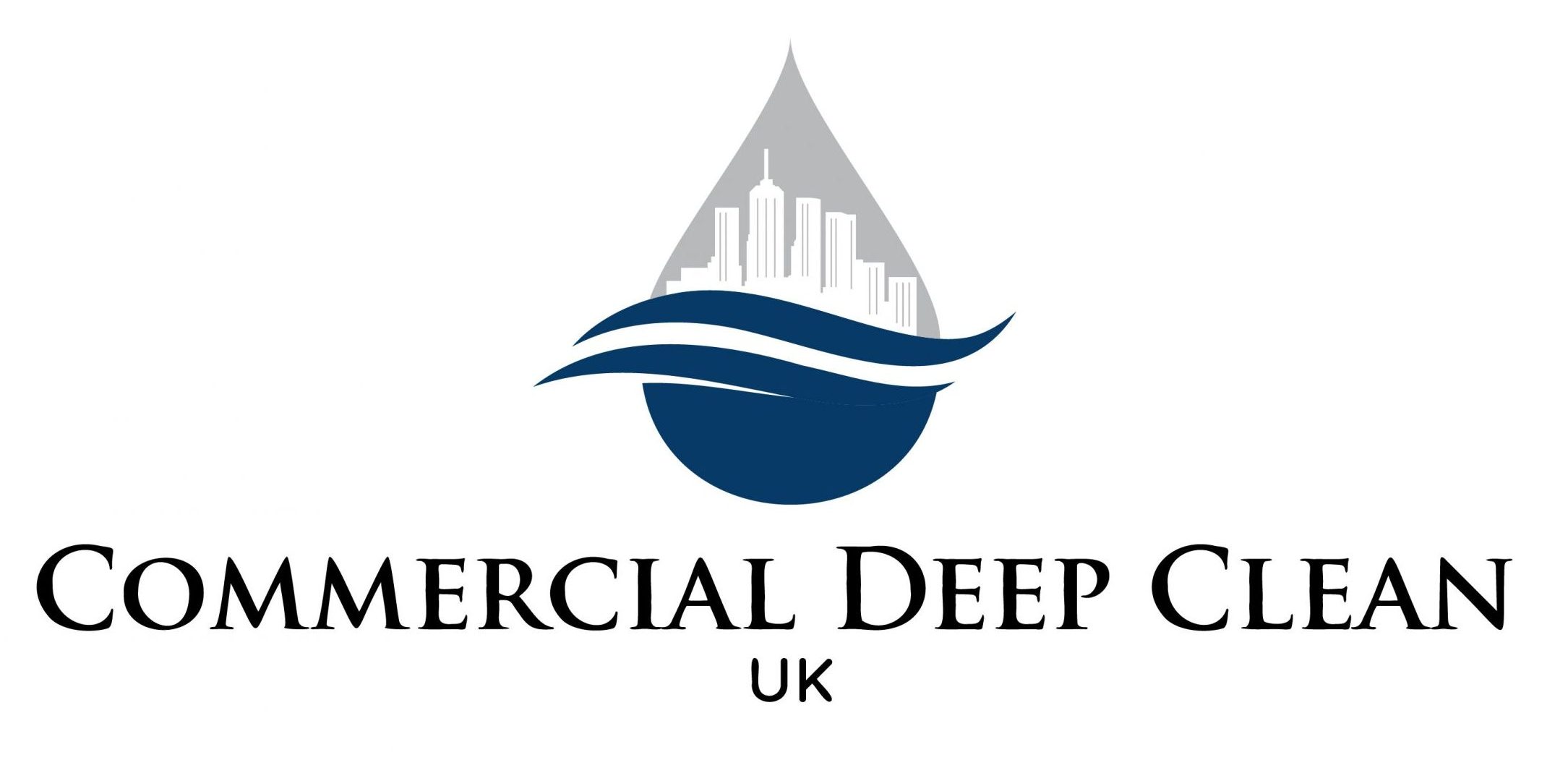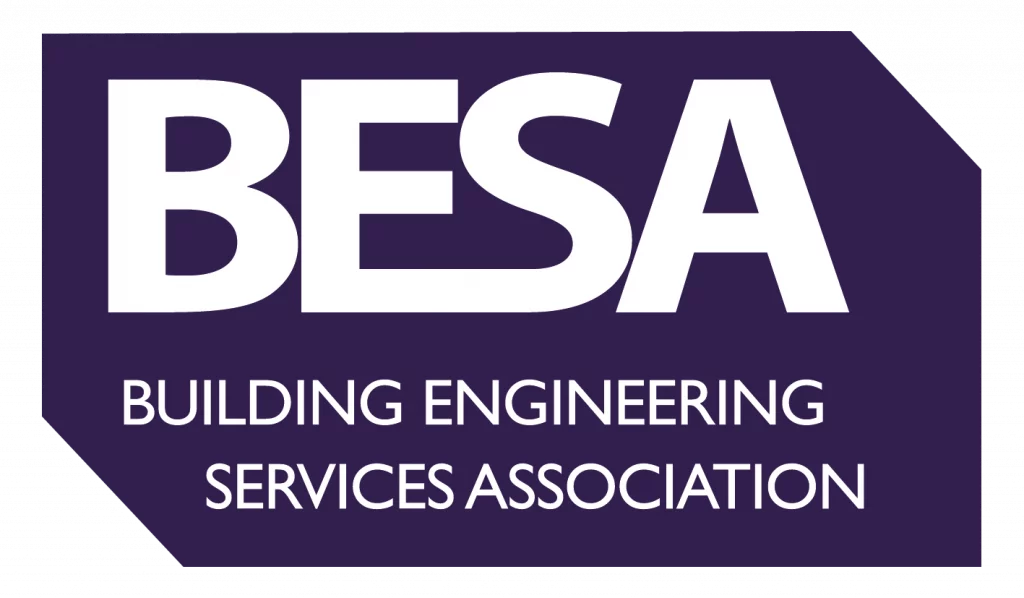Frequency of Cleaning
control of grease & fire risk
When it comes to commercial kitchens, the control of grease and fire risk is of paramount importance. We understand the critical role that regular cleaning plays in maintaining a safe and compliant environment. That’s why we offer comprehensive solutions for the frequency of cleaning of grease extract ductwork systems.
It is essential to note that all operational grease extract ductwork systems should be cleaned annually as a minimum, unless a fire risk assessment recommends a different frequency. This regular cleaning regimen is crucial in preventing the buildup of grease and minimizing the potential fire hazards associated with it.
Firstly please specify to us any cleaning frequencies stated by landlords, system designers or insurers. Conditions and warranties within commercial liability/property insurance policies, should stipulate minimum cleaning frequencies for grease extract ductwork systems. However, some insurance contracts may require a higher frequency of cleaning than recommended in TR19®. Failure to comply with such requirements may invalidate the property insurance policy.
Pre-cleaning micron readings are taken to enable cleaning frequency to be confirmed as suitable or adjusted accordingly. To verify frequency of cleaning based on micron readings it is recommended that inspections be carried out at regular intervals. The table below sets out guideline maximum levels of grease deposit and actions recommended.
| Grease Thickens Test | Recommended Action |
|---|---|
| 200µm as a mean across the system | Complete Cleaning Required |
| Any single measurement above 500µm | Urgent Localised Cleaning Required To Area |
The frequency of cleaning should be sufficient to ensure that grease deposit limits of 200µm, as a mean across the system, are not exceeded.
| Cleaning Intervals (months) Daily Usage | |||||
|---|---|---|---|---|---|
| Perceived level of grease production | Typical Example | Daily Usage: Up to 6 hours | Daily Usage: 6-12 hours | Daily Usage: 12-16 hours | Daily Usage: 16+ hours |
| Low | No significant production of grease laden aerosols during normal daily food production operations | 12 | 12 | 6 | 6 |
| Medium | Moderate production of grease laden aerosols during normal daily food production operations | 12 | 6 | 4 | 3 |
| High | Heavy, significant or continual production of grease laden aerosols during normal daily food production operations | 6 | 3 | 3 | 2 |
This table will assist in establishing the initial cleaning frequency for the system in the absence of data on the historical pre-clean grease thickness levels and duration of days between each set of grease thickness readings.
*When calculating the cleaning frequency seasonal variations and changes in the type and frequency of cooking should also be taken into consideration
Insurers may not always pay a claim if the duct system was found to be the cause of the fire spreading, especially if it could be demonstrated that the system was not properly cleaned in accordance with their policy conditions or warranties


